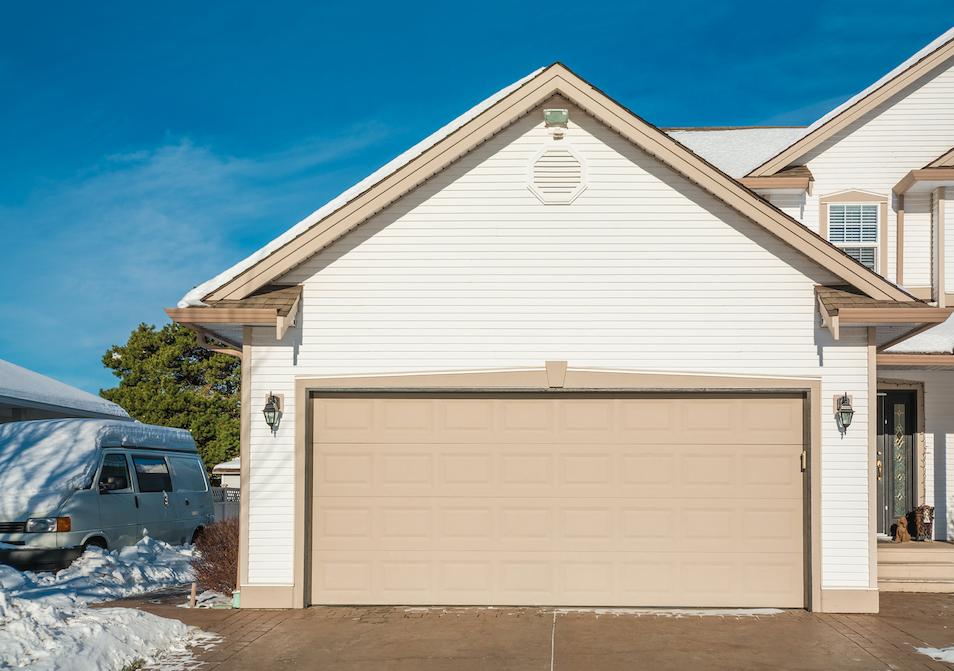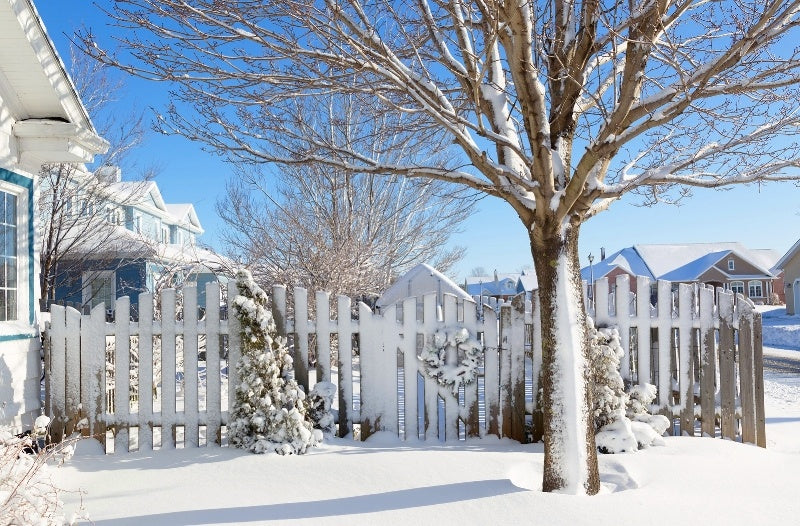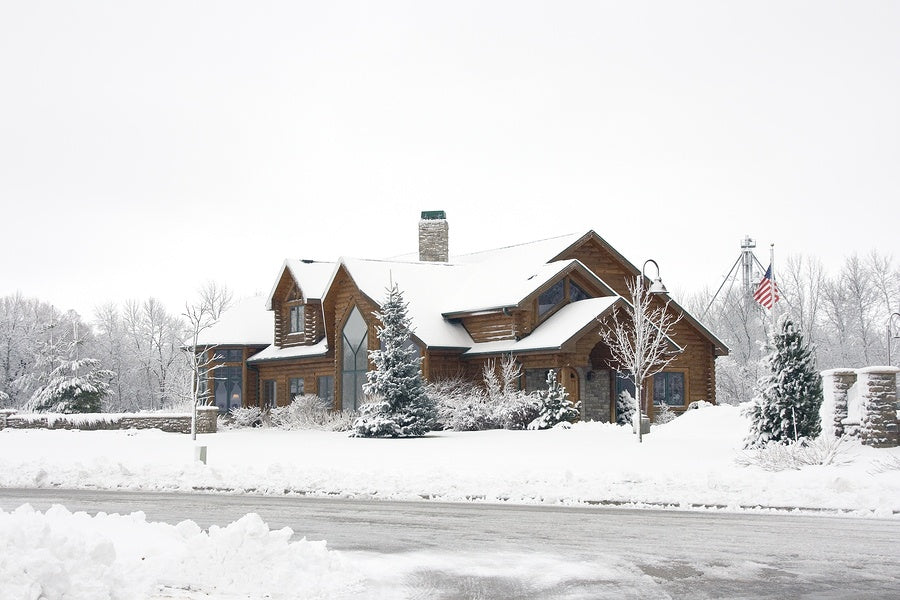Harsh winter storms, snow and ice accumulations, black ice, shoveling and de-icing: It’s enough to make a homeowner seriously consider installing a heated driveway. The idea sounds tempting, but how much does an in-ground system actually cost?
Below is a summary of the average costs of installing and operating different types of underground snow-melting systems. Also taken into account here are ways in which a heated driveway can actually reduce certain related expenses, thus mitigating the overall cost.
Installation Costs for Heated Driveways
There are two types of heated driveway systems: hydronic and electric coil. Which type you choose will affect your expenses, with a hydronic system costing more to install but less to operate. The size of your driveway, or rather, the portion of your driveway to be heated, and whether or not you need to demolish and replace your existing driveway, will also influence the final bill.
In most cases, you’ll need to tear up your existing pavement to install the heated driveway. In some cases it’s possible to cut strips in the surface and retrofit in electric heating coils, or even slip hydronic tubing underneath. However, warranties normally don’t apply unless the heating system is installed in brand new pavement. This means that you could easily be looking at $4,000 to $5,000 for a new asphalt drive and $3,000 to $4,000 for concrete. This, in addition to the demolition costs.
Installation costs for a hydronic system average around $4,500, while an electric coil system will run you about $4,000. However, if smaller areas need to be heated, for instance just two tire lanes, you ought to be able to get the price down to $2,000 or less.
Operating Costs for Heated Driveways
The cost to operate your new heated driveway will vary based on the system used, the square footage to be heated, the snow/ice depth, and the differential between outdoor temperatures and target temperature. In the case of electric coil heating, the cost of electricity in your locality will also be of significance.
On average, a hydronic system costs $0.12-$0.25 per square foot to operate. This would come to about $125-$250 to heat a one-thousand-square-foot driveway during a typical winter.
The average cost of operating an electric coil system is more complex to calculate. For our hypothetical one-thousand-square-foot driveway, it will likely total between $275 and $700 during a typical winter, depending on whether you live in a high or low snowfall region.
This is based on $0.69 per kWh. To customize the estimate, multiply the square footage to be heated by 50 kW to find the kW used per hour of heating. Then multiply that number by your local kWh rate.
Snow Melting Mats
Another option to consider are electrically heated snow melting mats that plug into ordinary outlets. The mats create a snow-free tire lane that can melt approximately two inches of snow per hour. The melt-off does not refreeze as long as the mats are turned on, and mats can stay on indefinitely as long as conditions require it. Using these mats are efficient and economical, and they eliminate the disruption caused by tearing up a driveway.
Additional Benefits of Heated Driveways
To answer the question, then, of how much it actually costs to install an in-ground heating system, the answer is: thousands of dollars for installation and hundreds for ongoing usage. Nevertheless, you will eliminate expenses like paying for a snowplow service, which typically costs more than running an electric coil system over the course of a winter. Also, you will minimize any need for de-icers, thus extending the life of your pavement. Additionally, by installing a heated driveway or using heated mats you will save the plants along the driveway’s edge from salt poisoning, thus saving on spring landscaping costs.
Finally, keep in mind that a heated driveway will increase safety by reducing the potential for slip-and-fall accidents, thus decreasing your risk of liability and of paying for expensive hospital bills.


